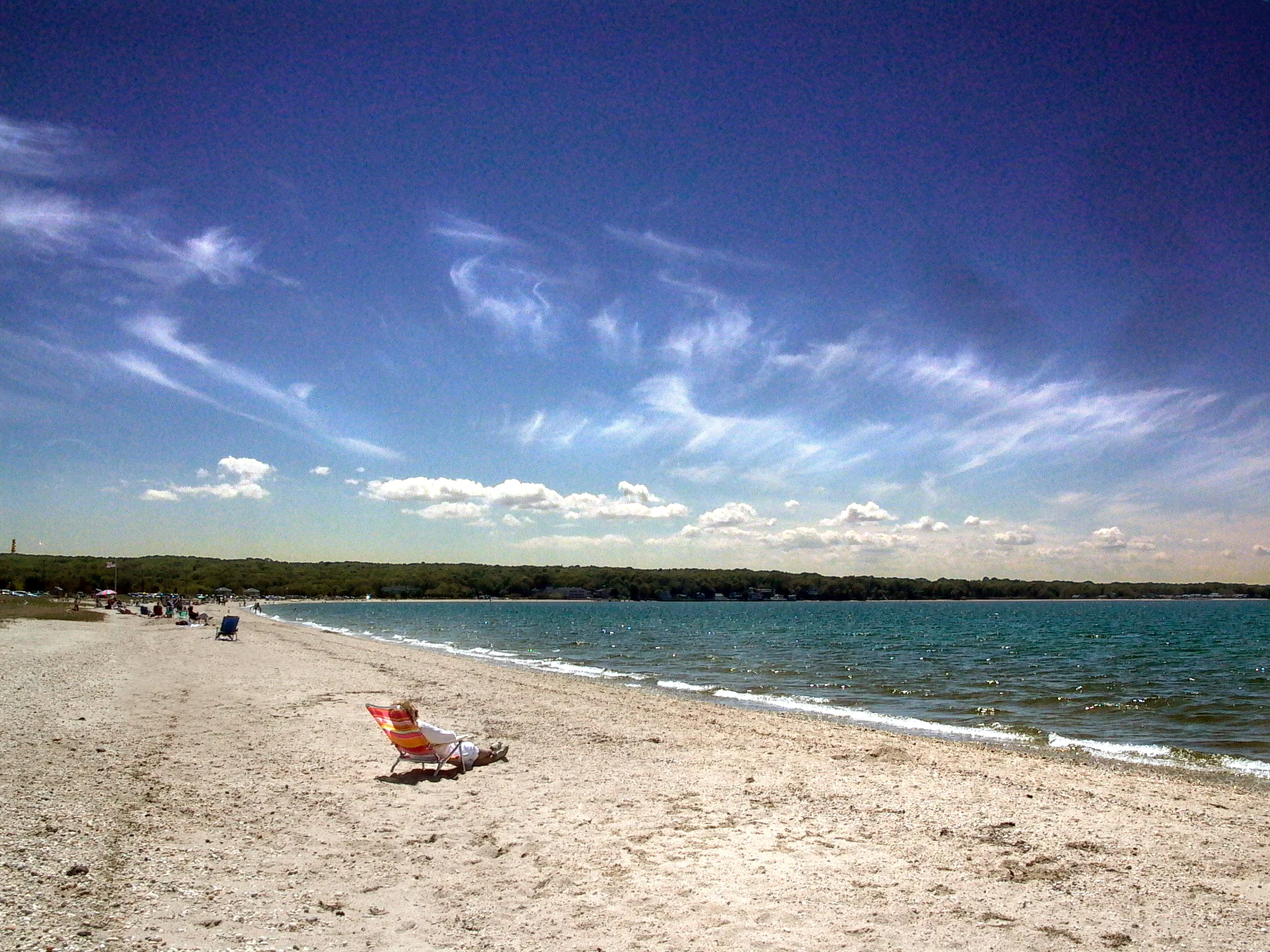Long Beach
The history of Long Beach; an exhibit shown in 2010 by the Sag Harbor Historical Society.
Morton Wildlife Refuge
Elizabeth A. Morton National Wildlife Refuge, a 187-acre peninsula on Noyack and Little Peconic Bays, boasts exceptionally diverse habitats. Sandy and rocky beaches fringe the peninsula, while wooded bluffs overlook the Bays. Morton consists of upland forest, fields, ponds, salt marsh, beach and a lagoon. These habitats are used by a variety of wildlife including white-tailed deer, eastern chipmunk, painted turtles, green frogs, songbirds and osprey. Waterfowl, such as long-tailed duck, common goldeneye and white-winged scoter, are common during the winter months, while piping plover, terns, and other water birds use the beach during the spring and summer months.
Trout Pond
Trout Pond, by Tony Garro
The history of Trout Pond and Noyac have always been intertwined. Since the first English settlement, Trout Pond has been the economic center of Noyac. Two native encampments, the English called Weecatucks and Noyacs, inhabited the area. They lived near a stream that came to be called the Noyac River. This stream arose from the moraine and flowed to the bay barely a mile away. Read more...































